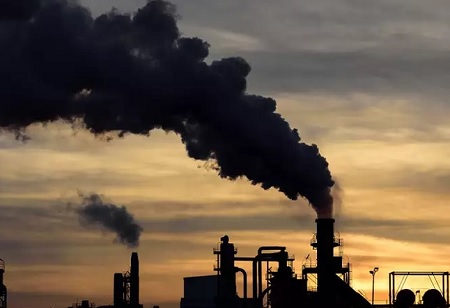
For the first time, organic non-fossil capacity addition has outpaced fossil capacity addition at state-run power behemoth NTPC. During a recent earnings call, Chairman and Managing Director (CMD) Gurdeep Singh announced that the company's overall renewable pipeline has reached 20 gigawatts (GW).
For the first time, we have added more organic, non-fossil capacity than fossil capacity, demonstrating our impressive progress towards the energy transition. Our overall renewable pipeline now stands at 20 GW thanks to the completion of multiple new contracts for renewable energy and energy storage, he added. The business disclosed that it has developed a number of new collaborations in the renewable energy sector, including those with C&I users on a gigawatt scale.
"In FY23, we added 3,292 MW of capacity, with a total commercial capacity addition of 3,952 MW, including the 600 MW purchase of Jhabua. This included the first ever overseas capacity of 660 MW in Bangladesh as well as a sizeable contribution of 1,352 MW from renewable sources, Singh continued. In the first quarter of FY24, NTPC added 770 MW, bringing the group's total installed capacity to 73,024 MW.
"We are rapidly expanding our renewable capacity and looking at the potential for green hydrogen, tiny modular reactors for nuclear power, green charcoal, carbon capture and utilisation, and green chemicals... The CMD stated that we are collaborating on the PMC contracts via the International Solar Alliance. In the results call, NTPC Director of Finance Jaikumar Srinivasan stated that the company has set a goal of 60 GW of RE capacity by 2032.
"We are rapidly expanding our renewable capacity and looking at the potential for green hydrogen, tiny modular reactors for nuclear power, green charcoal, carbon capture and utilisation, and green chemicals... The CMD stated that we are collaborating on the PMC contracts via the International Solar Alliance. In the results call, NTPC Director of Finance Jaikumar Srinivasan stated that the company has set a goal of 60 GW of RE capacity by 2032.
"This green hydrogen, which is combined with PNG, is produced at the Kawas floating solar plant. Therefore, it is entirely different. The electrolyser, which creates hydrogen, is fed by the floating solar plant, and the hydrogen is then combined, he continued. According to Srinivasan, NTPC has obtained contracts and agreements for 10.8 GW of renewable energy capacity, resulting in a visible pipeline of 20 GW in the near future.
We use cookies to ensure you get the best experience on our website. Read more...